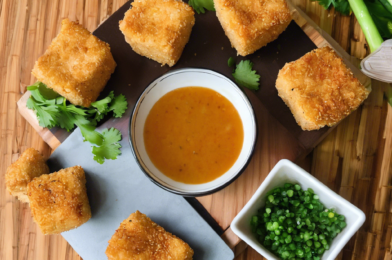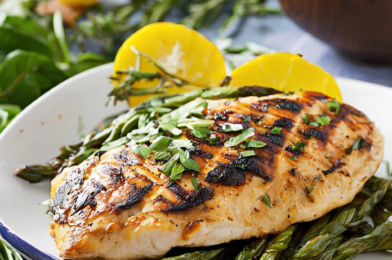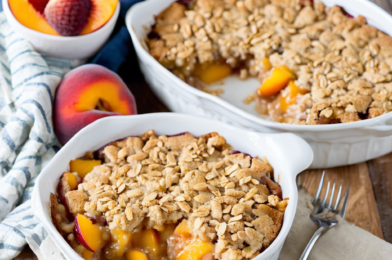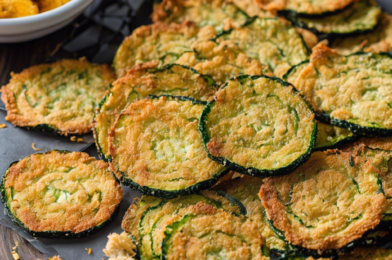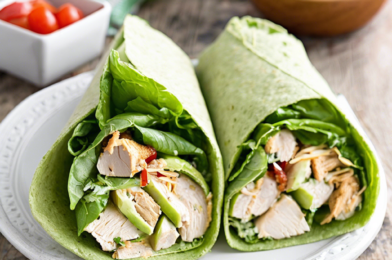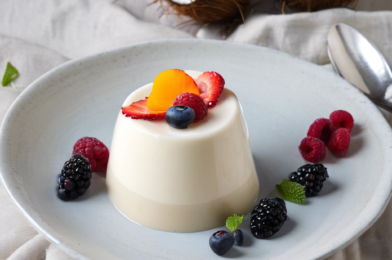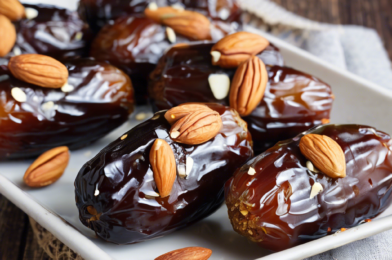There are few joys in the culinary world as delightful as discovering a recipe that pleases both the palate and the conscience.
Grilled Herb-Marinated Chicken Breast
There’s something undeniably satisfying about preparing and enjoying a homemade meal that brings the family together, and this Grilled Herb-Marinated Chicken Breast
Chocolate-Dipped Coconut Macaroons
Chocolate-dipped coconut macaroons are a delightful treat that can bring joy to any gathering or personal indulgence. Recently, I decided to try
Peach Cobbler with Oat Topping
There’s something inherently comforting about a warm, homemade dessert, especially when it involves the sweet and juicy flavors of peaches. My family
Crispy Zucchini Chips
When it comes to snack time, finding a healthy yet satisfying option can sometimes feel like an impossible task. In our household,
Chicken Caesar Wraps
Chicken Caesar Wraps have become a staple in our household, and they’re more than just a quick meal solution; they are a
Pistachio Shortbread Cookies
There’s something truly magical about the aroma of freshly baked cookies wafting through the house, and pistachio shortbread cookies take that experience
Teriyaki Glazed Salmon
When it comes to family dinners, finding a recipe that pleases everyone can be a daunting task. However, the teriyaki glazed salmon
Tomato Basil Scrambled Eggs
The first time I made Tomato Basil Scrambled Eggs, I knew I had stumbled upon a breakfast game-changer. It was a lazy
Coconut Milk Panna Cotta
Coconut Milk Panna Cotta is a delightful twist on the classic Italian dessert, and it has quickly become a favorite in my
Stuffed Dates with Almonds
There’s something magical about the combination of sweet and savory, and stuffed dates with almonds perfectly encapsulate this delightful balance. When I
Lemon Bars with Shortbread Crust
There’s something inherently comforting about the tangy sweetness of lemon bars, especially when paired with a buttery shortbread crust. This recipe for

